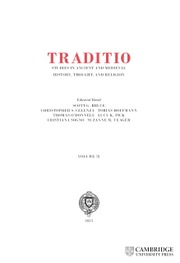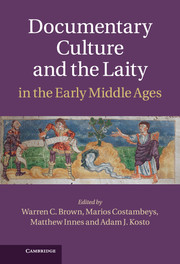Beyond the Monastery Walls
Our understanding of life in the early Middle Ages is dominated by Christian churches and monasteries. It is their records and libraries which have survived the centuries, to tell us how the clerics, monks, and nuns who lived and worked within their walls experienced the world around them. We thus see the lay inhabitants of that wider world mostly when they are interacting with the clergy. However, a few sources let us explore lay life in this period more broadly. Beyond the Monastery Walls exploits perhaps the richest of these: manuscript books containing formulas, or models, for documents that do not otherwise survive. Through these books, Warren C. Brown explores the concerns and behavior of lay men and women in this period on their own terms, and casts fresh light on a part of the medieval world that is usually hidden from view. In the process, he shows how early medievalists are winning fresh information from our sources by looking at them in new ways.
- Looks 'beyond the monastery walls' to explore the lives of the early medieval laity on their own terms
- Brings together a number of perspectives, making important connections between branches of early medieval scholarship which are usually treated separately
- Illustrates how important it is to draw on all of the available evidence, as it actually survives, rather than solely on published text editions
Reviews & endorsements
‘Here is a book that - with wonderful clarity - illuminates experience and attitudes of lay people in the early Middle Ages. The formularies which are its subject may look dense, dry, and legalistic, but Warren Brown shows that there are human beings behind the formulas and that we can examine behaviors that are barely documented elsewhere. His treatment is enhanced by a fine sense of regional difference and of the nuances of personal status.’ Wendy Davies, University College London
‘Warren Brown’s pioneering exposition of the Frankish formulae collections of model legal documents from the eighth and ninth centuries elucidates the way in which they mirror the social realities and possibilities of the lives of the Carolingian laity. The formulae relate to kinship, marriage, and inheritance; legal disputes and conflict resolution; lordship; patronage; freedom and unfreedom; they highlight the crucial part land and property played in early medieval social relationships. In this engaging study, moreover, Brown convincingly demonstrates how the formularies promoted the common culture of documentary use in Carolingian society.’ Rosamond McKitterick, University of Cambridge
‘[Brown]'s challenge was to explain the secular society of the early Middle Ages using formularies. This bet has been fully won, thanks to a careful reading of these documents, informed by a completely up-to-date international bibliography.’ Benoît-Michel Tock, Francia recensio
Product details
March 2023Hardback
9781108479585
407 pages
234 × 158 × 28 mm
0.71kg
Available
Table of Contents
- Part I. The Gate:
- 1. Introduction
- 2. The manuscript
- 3. Language, anachronism, and the laity
- Part II. The Laity:
- 4. Laypeople and documents
- 5. Laypeople and property
- 6. Family
- 7. Conflict and justice
- 8. Power, personal relationships, and letters
- 9. Freedom and unfreedom
- 10. Conclusion.

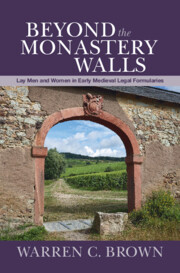
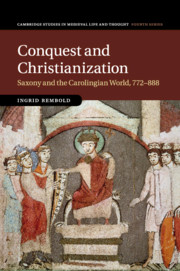
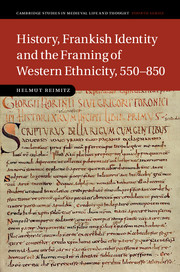

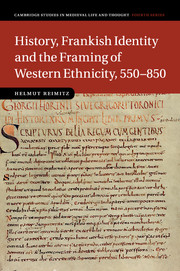

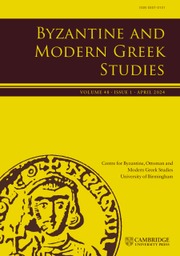
.jpg)
.jpg)
